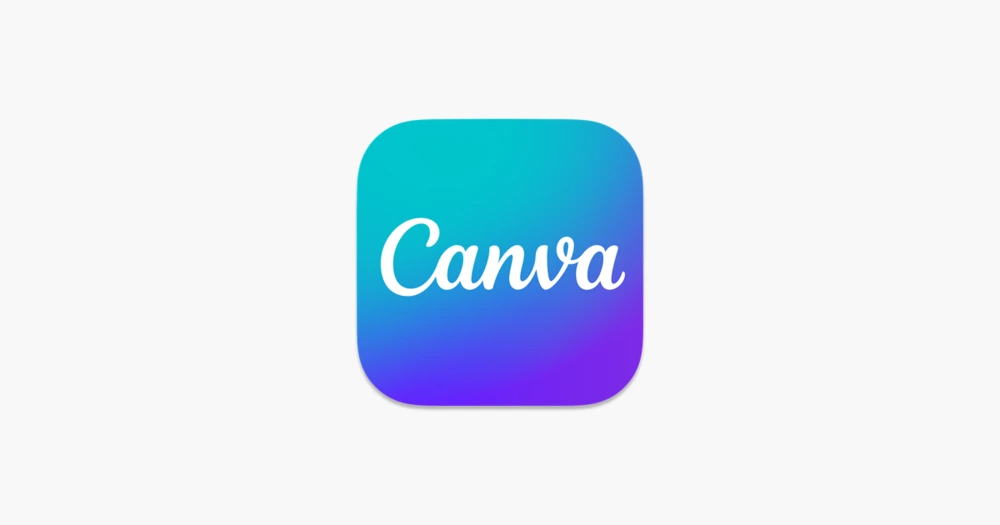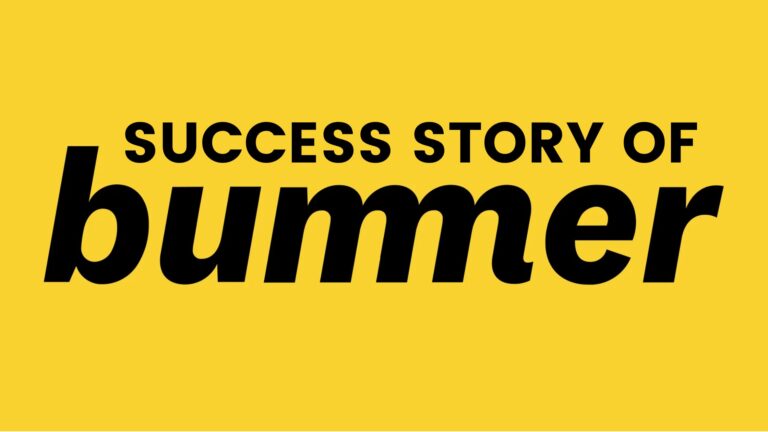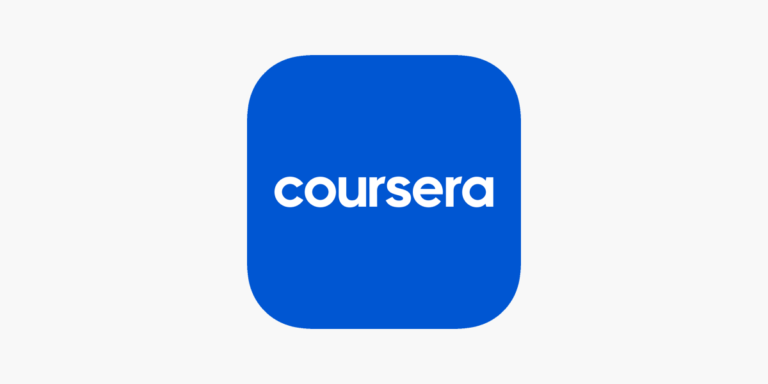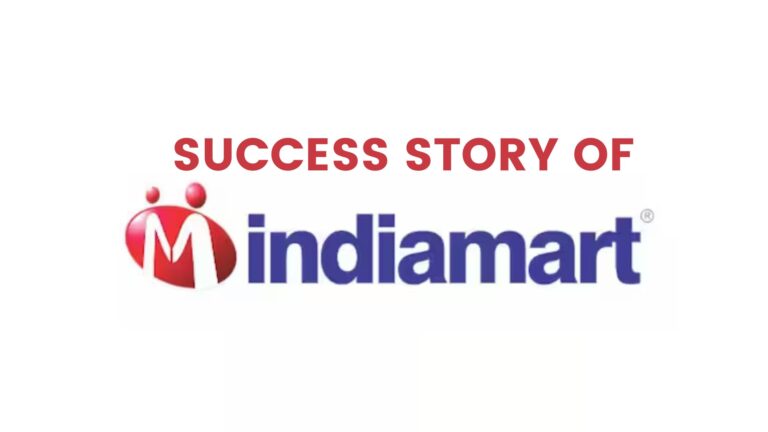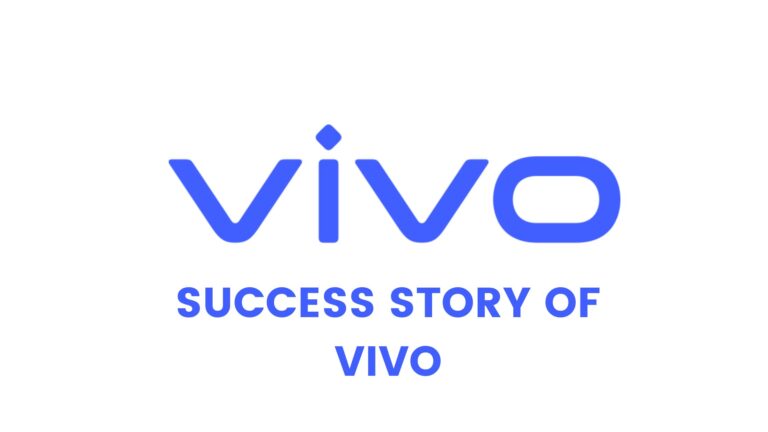The Inspiring Canva Success Story | From Startup to Global Success
Canva Overview
In the realm of graphic design and visual content creation, Canva has emerged as a revolutionary platform, empowering millions of users around the world to unleash their creativity. What started as a humble startup in 2012 has now become a global phenomenon, redefining the way people design and share captivating visuals.
How It Started?
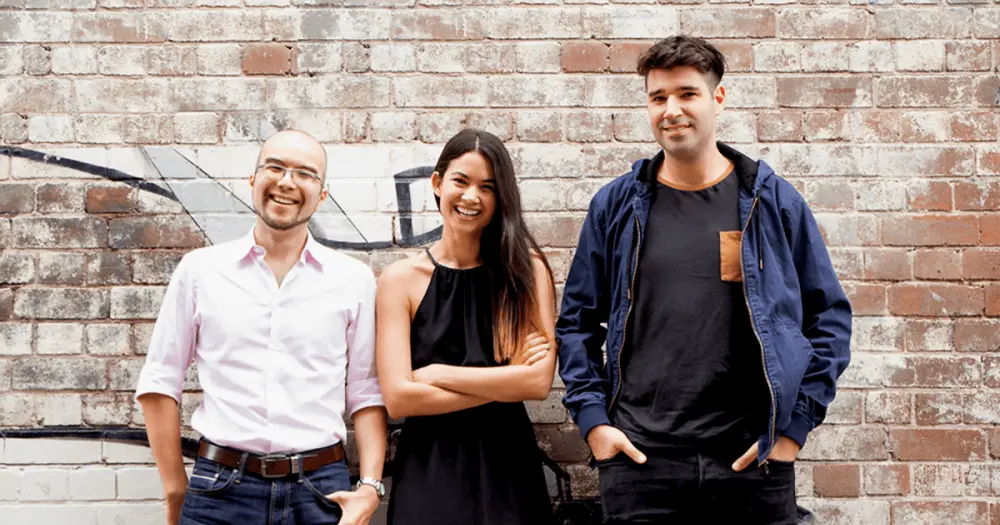
Canva was founded by Melanie Perkins, Cliff Obrecht, and Cameron Adams in Sydney, Australia, with a vision to make design accessible to everyone, regardless of their technical expertise. Melanie Perkins, a university student at the time, recognized the need for a user-friendly design tool that could bridge the gap between professional designers and non-designers. She envisioned a platform that would democratize design, enabling individuals and businesses to create stunning visuals effortlessly.
Melanie Perkins – Biography
| Name | Melanie Perkins |
|---|---|
| Born | 1987 |
| Age | 36 |
| Citizenship | Australian |
| Education | The University of Western Australia |
| Occupation | Technology Entrepreneur, Canva |
| Net worth | $5.89 billion as of 2021 |
| Spouse | Cliff Obrecht |
Early Challenges
Like any startup, it faced its fair share of challenges in the early days. Convincing investors about the viability of the idea and securing funding was a daunting task. However, the team’s unwavering belief in their vision, combined with their relentless efforts, helped them overcome these obstacles. It launched its beta version in 2013, and the response from users was overwhelmingly positive. The platform quickly gained traction, attracting a growing user base.
What Makes It In Demand?
What sets Canva apart is its user-friendly interface and an extensive library of pre-designed templates, graphics, and fonts. With drag-and-drop functionality and a plethora of customization options, it empowers users to create professional-grade designs for various purposes, from social media posts to presentations, posters, and even books. The platform’s intuitive nature and robust features make it accessible to individuals, small businesses, educational institutions, and large corporations alike.
Canva Awards & Recognition
- Webby Awards – In 2014, it won the prestigious Webby Award for “Best User Interface” in the Web Services & Applications category.
- Deloitte Fast 50 Australia – It secured a place on Deloitte’s Technology Fast 50 Australia list multiple times, recognizing its rapid revenue growth and innovative business model.
- Australian Export Awards – It was honoured with the Australian Export Award for Information and Communication Technology in 2018.
- LinkedIn Top Startups – It consistently features on LinkedIn’s annual list of Top Startups, which showcases the most sought-after and promising startup companies.
- Forbes Cloud 100 – It has consistently made it to the prestigious Forbes Cloud 100 list, which recognizes the top private cloud companies that are transforming industries.
- TechCrunch Disrupt Battlefield – It emerged as the winner of the TechCrunch Disrupt Battlefield competition in 2013.
- Fast Company’s Most Innovative Companies – It has been recognized multiple times by Fast Company as one of the “Most Innovative Companies” in the world.
- Australian Financial Review’s Most Innovative Companies – It consistently secures a place on the Australian Financial Review’s list of Most Innovative Companies in Australia.
- Design and Marketing Awards – It has won several design and marketing awards across various categories, including the D&AD Impact Awards, the Australian Marketing Institute Awards, and the Good Design Awards.
Continuous Innovation
Its success can be attributed to its commitment to continuous innovation. The company regularly introduces new features and tools, catering to the evolving needs of its users. From the integration of stock photo libraries to the incorporation of video editing capabilities, it has consistently pushed the boundaries of design possibilities, ensuring its platform remains relevant and enticing to its users.
Canva Keypoints
- Year – Founded in 2012
- Founder – Melanie Perkins, Cliff Obrecht, and Cameron Adams.
- Vision – democratize design and make it accessible to everyone.
- Starting – Launched beta version in 2013.
- Response – Positive response from users led to rapid growth.
- Recognition – User-friendly interface and extensive library of templates, graphics, and fonts.
- Esteemed Status – Achieved “unicorn” status in 2019 with a valuation of over $1 billion.
- Expansion – Expanded globally with offices in San Francisco, Beijing, and Manila.
- Innovation – Continuous innovation with new features and tools.
